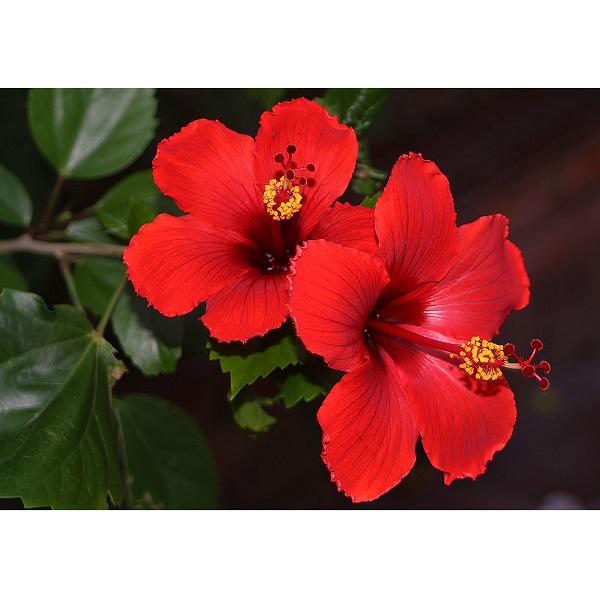Latin name: Hibiscus rosa sinensis
Family: Malvaceae
Hibiscus sinensis is a plant with woody stems, glossy green leaves, and produces lovely single or double flowers in many colours, such as crimson, red, yellow, pink, fuchsia, white, with yellow stamens.
Light – Position – TemperatureWe shouldavoid sudden temperature changes in the place where we place the hibiscus, but also in a place with plenty of light as we should do with all flowering plants. The plant prefers a constant temperature of around 15 degrees Celsius. The interval between 13 and 18 degrees Celsius does not cause problems for the plant. A sudden temperature change, whether lower or higher, can damage the plant and cause the buds to fall off.
Watering – Fertilization
Before each watering it is important to let the top of the soil dry out. During the flowering period, a daily sprinkling of the leaves will do it good, but you should not over-water to prevent the roots from rotting. As for fertilization, we use a weak liquid fertilizer at each watering during the period of growth, but we should not continue in winter. Winter is the plant’s resting season so we may notice some of its leaves falling off. In spring, when the plant is ready to replenish its foliage and flowers, it should be watered more frequently, taking care to drain the water before each watering.
Enemies – Diseases
The most common disease of hibiscus is aphids. They attack the buds, flowers and leaves of the top, and are visible to the naked eye. We can fight them either by pulling them out by hand if the situation is not serious, or by diluting green soap in water and spraying the whole plant. In cases where the situation is very serious then you should dip the plant insecticide.

